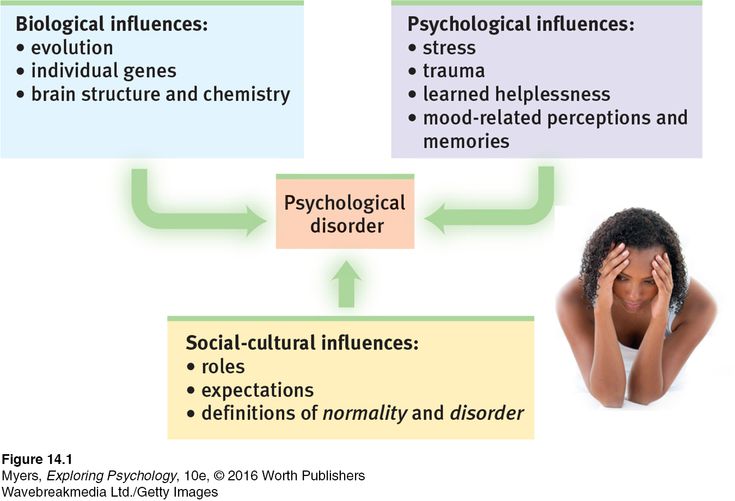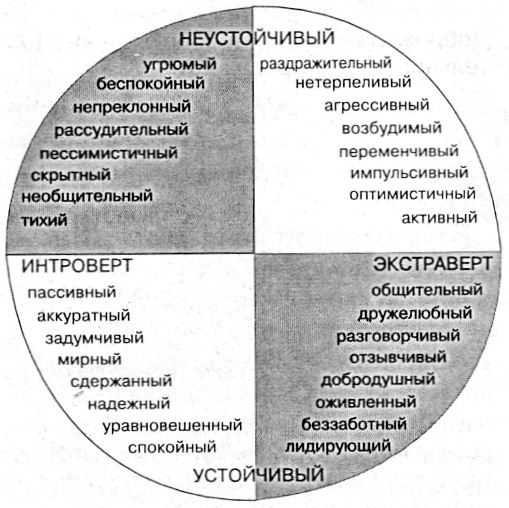Psych group topics
Psychoeducational Group Topics
Behavioral Health 
What Are Psychoeducational Groups
A psychoeducational group is a group therapy group conducted by a mental health professional that educates clients about their disorders and ways of coping. Psychoeducational groups utilize the group therapy process, where clients share their concerns and struggles with recovery with the group and facilitator comparable to other substance abuse groups. However, a key difference with psychoeducational groups compared to substance abuse therapy groups are the injection of materials to help convey significant information to the clients.
The introduction of materials into the psychoeducational group helps to make the group not only a safe place for clients to process their feelings and struggles, but it adds a strong educational component. Some of the material used in a psychoeducational group include sheets with statistical information, videos, handouts, books, curriculum and even guest speakers.
These materials enable the client to see statistics, see written examples, read about others recovery details, have materials to study, and see other people sharing their stories including their ups, downs, consequences and triumphs of recovery. These materials help to increase a participant’s self-awareness of their choices.
Psychoeducational groups help the counselor have a topic with an agenda including activities. These groups are particularly valuable because they can provide resources that may aid in recovery, knowledge related to their affliction, and information to become more self-aware to the consequences of their condition.
The History of Psychoeducational Groups
According to Wikipedia, “The concept of psychoeducation was first noted in the medical literature, in an article by John E. Donley "Psychotherapy and re-education" in The Journal of Abnormal Psychology, published in 1911. It wasn't until 30 years later that the first use of the word psychoeducation appeared in the medical literature in the title of the book, The psychoeducational clinic by Brian E. Tomlinson. (New York, NY, US: MacMillan Co.) published in 1941. In French, the first instance of the term psychoéducation is in the thesis "La stabilité du comportement" published in 1962.
It wasn't until 30 years later that the first use of the word psychoeducation appeared in the medical literature in the title of the book, The psychoeducational clinic by Brian E. Tomlinson. (New York, NY, US: MacMillan Co.) published in 1941. In French, the first instance of the term psychoéducation is in the thesis "La stabilité du comportement" published in 1962.
The popularization and development of the term psychoeducation into its current form is widely attributed to the American researcher C.M. Anderson in 1980 for the treatment of schizophrenia. Her research concentrated on educating relatives about the symptoms and the process of schizophrenia. Also, her research focused on the stabilization of social authority and improving the handling of family members among themselves.
Finally, Anderson's research included more effective stress management techniques. Psychoeducation in behavior therapy has its origin in the patient's relearning of emotional and social skills.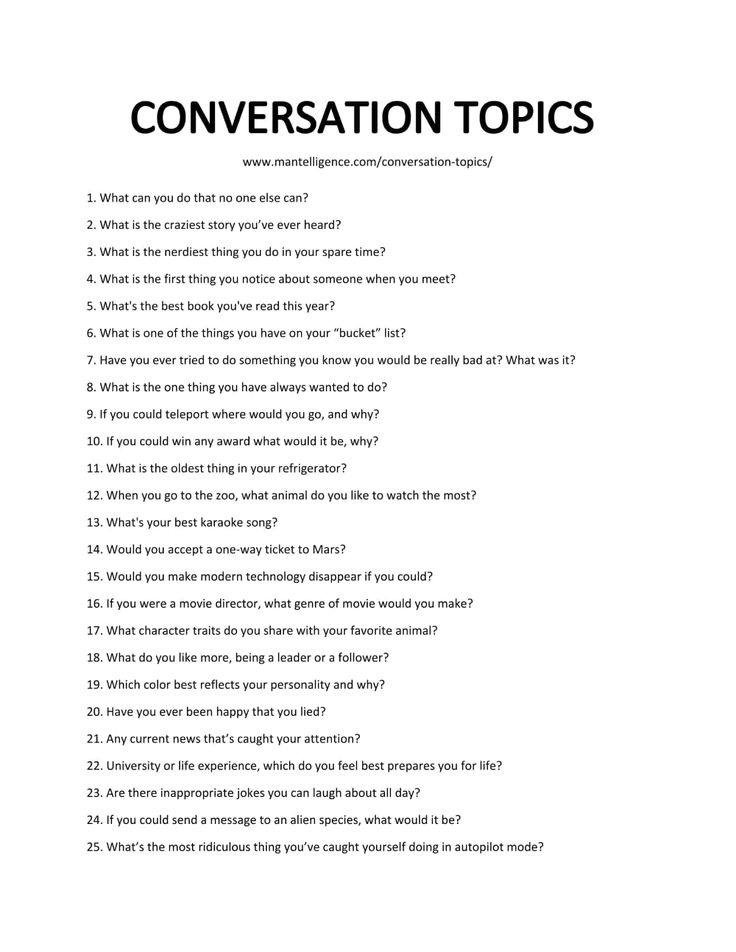 In the last few years increasingly systematic group programs have been developed, in order to make the knowledge more understandable to patients and their families.
In the last few years increasingly systematic group programs have been developed, in order to make the knowledge more understandable to patients and their families.
Premise of Psychoeducational Groups
According to the research conducted by E.P. Lukens in 2004, “Psychoeducation has the potential to extend the impact of care provision well beyond the immediate situation by activating and reinforcing both formal and informal support systems (Caplan & Caplan, 2000; Lundwall, 1996; Pescosolido, Wright, & Sullivan, 1995) and teaching individuals and communities how to anticipate and manage periods of transition and crisis. If developed and implemented carefully, following specified guidelines for delivering and documenting evidence-based practices (Task Force on Promotion and Dissemination of Psychological Procedures, 1995).
“… Psychoeducational interventions have far-reaching application for acute and chronic illness and other life challenges across levels of the public health, social and civic services, and/or educational systems. ” – E.P. Lukens
” – E.P. Lukens
Who Can Benefit From Psychoeducational Groups
Clients from diverse ethnic, race, cultural, social economic, educational, gender, age, religious and sexual orientations can all be helped with psychoeducational groups. Psychoeducational groups embrace diversity of its clients while focusing on the specific issue or mental health concern for a particular psychoeducational group. Psychoeducational groups make the topic the identified common equivalent. This helps to put everyone on the same playing field in regards to the participants being able to trust that everyone in the group has a basic understanding and knowledge base for what the other members are experiencing. Psychoeducational groups can be utilized to help clients in multiple areas of mental health.
Start 30-day Free Trial and explore TheraPlatform. HIPAA Compliant Video and Practice Management Software for Therapists.
Free Trial
Psychoeducational groups include helping individual with:
- Phobias
- Mental Illness
- Substance Abuse
- Domestic Violence
- Trauma Survivors
- Weight Loss
- Chronic Physical Disease
- Anger Management
- Grief
- Criminal Behavior
Psychoeducational Groups Topics
Psychoeducational groups focus on sharing information on a particular topic and/or teaching skills to the clients in the group.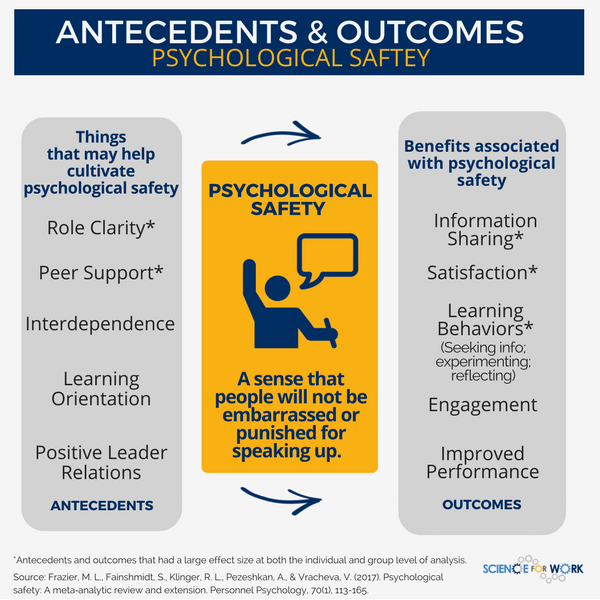 The members of the group are all working and/or healing from the same concern. They are struggling with equivalent issues. This commonality helps the group members to connect and relate better to each participant in the group. In psychoeducational groups, the counselor has the role of an instructor and not just the therapist. The therapist has a more active role in the therapeutic process which includes not only providing a topic for each group but having supplementary materials to educate, show examples and engage the clients in a supportive, therapeutic and educational manner. Topics covered in psychoeducational groups can vary depending on the group type.
The members of the group are all working and/or healing from the same concern. They are struggling with equivalent issues. This commonality helps the group members to connect and relate better to each participant in the group. In psychoeducational groups, the counselor has the role of an instructor and not just the therapist. The therapist has a more active role in the therapeutic process which includes not only providing a topic for each group but having supplementary materials to educate, show examples and engage the clients in a supportive, therapeutic and educational manner. Topics covered in psychoeducational groups can vary depending on the group type.
Psychoeducational Group Topics That Can be Included in Most Groups Include:
- Positive thinking skills
- Anger management
- People skills or soft skills
- Conflict management
- Visualization activities
- Choice points
- Communication
- Stress management
- Forgiveness
- Interpersonal communication
Psychoeducational Group Topics for Substance Abuse Clients can include:
- Triggers
- People, places and things
- Idle time
- The 12 steps
- Self-care
- Support systems
- Short and long term goals
Psychoeducational Group Topics for Grief Clients can include:
- The stages of grief
- Coping with loneliness
- Coping with loss
- Dealing with unmet expectations
- Planning a new future
- Saying goodbye to a loved one
- How to honor a loved one’s memory
Psychoeducational Group Topics For Social Phobia (Social Anxiety Disorder) Clients Can Include:
- Education on the particular phobia topic
- Decrease shame
- Anxiety
- Friendship formation and maintenance
- How to go from avoidance to approach
- Practice social skills
- Small talk role-plays
- Identify and pursue valued social goals
Psychoeducational Group Topics For Domestic Violence Clients Can Include:
- Understanding power and control
- Isolation
- Fear
- Financial freedom
- Parent relationships
- Trust
- Self-forgiveness
- Rebuilding social connections
- Freedom
- Safety planning
- Love does not hurt
- Seeking advocacy
Resources
Ellen P.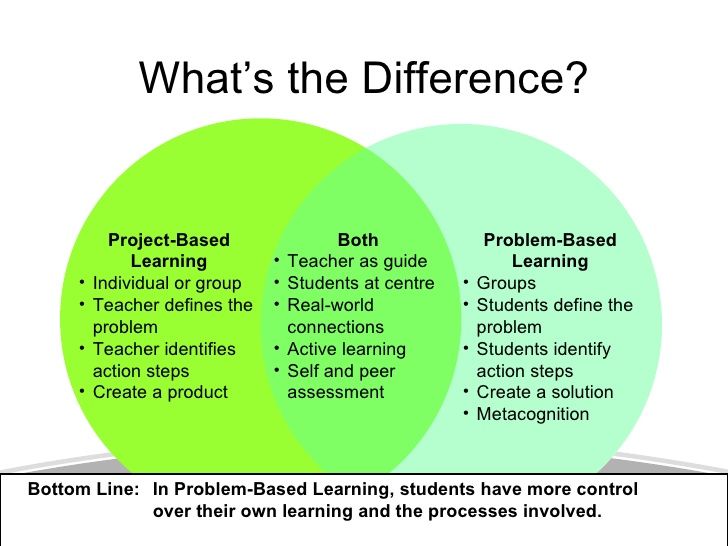 Lukens, MSW, PhD William R. McFarlane, MD (2004). Psychoeducation as Evidence-Based Practice: Considerations for Practice, Research, and Policy
Lukens, MSW, PhD William R. McFarlane, MD (2004). Psychoeducation as Evidence-Based Practice: Considerations for Practice, Research, and Policy
Looking for resources for your psychoeducational group? Theraplatform has several worksheets including those for specific groups like anxiety that you can use in your next session. If you’d like to streamline your practice further, check out Theraplatform, an all-in-one tool to help you manage the operations aspects of your practice. Try a free 30-day-trial today.
Practice Management, EHR/EMR and Teletherapy Platform
Start 30 Day FREE TRIAL
6/10/2019
Substance Abuse Group Activities
Substance abuse group activities can be useful in your recovery group.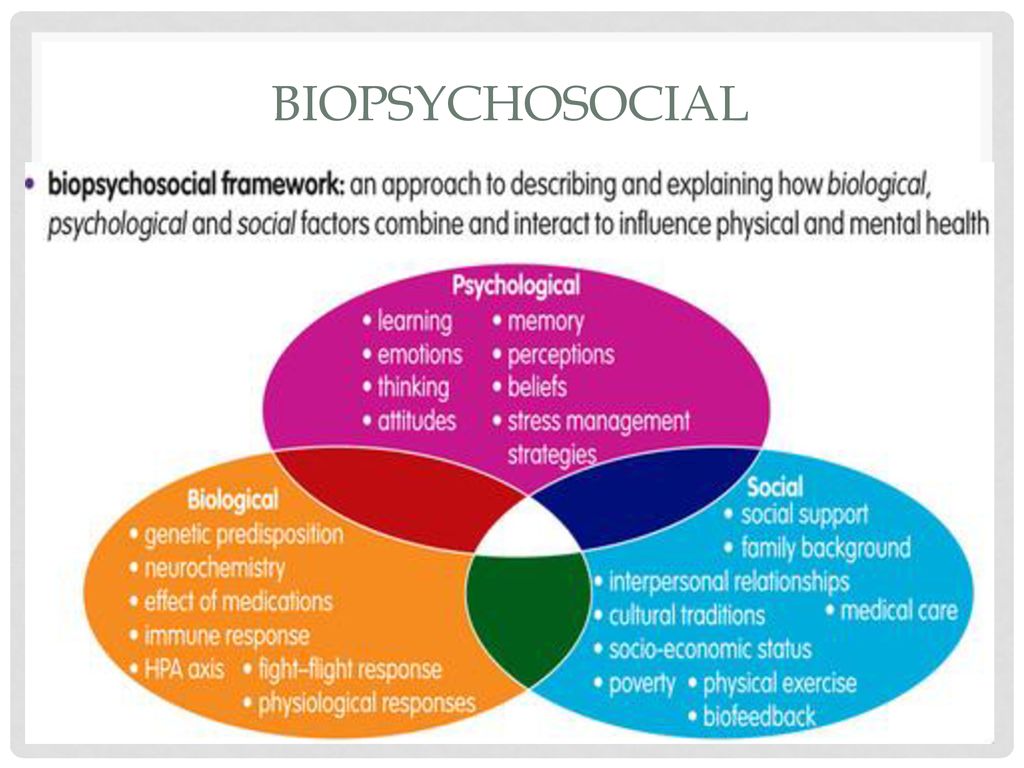 Discover 7 exercises to help clients get in touch with their feelings.
Discover 7 exercises to help clients get in touch with their feelings.
5/27/2019
Cognitive Behavioral Therapy Tips for Therapists
Cognitive Behavioral Therapy (CBT) seems pretty straightforward although it is more art than science. See five tips for successful CBT.
Therapy Games Teletherapy Therapy Notes Telepractice Marketing For Therapists Starting a Private Practice Resources For Therapists Behavioral Health Therapy Billing Case Studies Telehealth Physical Therapy CPT Codes ICD 10 Codes Speech Therapy ICD 10 Codes Physical Therapy ICD 10 Codes Mental Health Mental Health Assessments CPT Codes Mental Health Practice Management Types Of Therapy Occupational Therapy Speech Therapy Physical Therapy Cognitive Behavioral Therapy Therapy Intake Forms Therapy Treatment Plans Therapy Goals
Subscribe to our newsletter
MENTAL HEALTH GROUP THERAPY ACTIVITIES FOR ADULTS
Psychotherapy is an integral part of the treatment of mental health disorders, chronic illnesses, and obsession. There are many types of activities, but patients can find their own interests and challenges in groups. Group settings allow peers to share their experiences and challenges and grow together. It is a fundamental part of evidence-based treatment and its growing reputation. Read more to learn about group therapy activities for adults with mental illness.
There are many types of activities, but patients can find their own interests and challenges in groups. Group settings allow peers to share their experiences and challenges and grow together. It is a fundamental part of evidence-based treatment and its growing reputation. Read more to learn about group therapy activities for adults with mental illness.
Group therapy has been the primary cause of mental health treatment for decades. It comes in different types and varieties. It focuses on adult groups sharing a common experience under the guidance of a therapist. Some of the goals of group therapy include:
- Promote self-improvement
- Providing support to team members
- Development of social skills
- Creating mutual awareness
- Development of self-awareness
- Strengthening responsibility
- Understand behavior and internal stimuli.
Overall, group therapy creates an open atmosphere of empathy based on shared experiences and growth opportunities.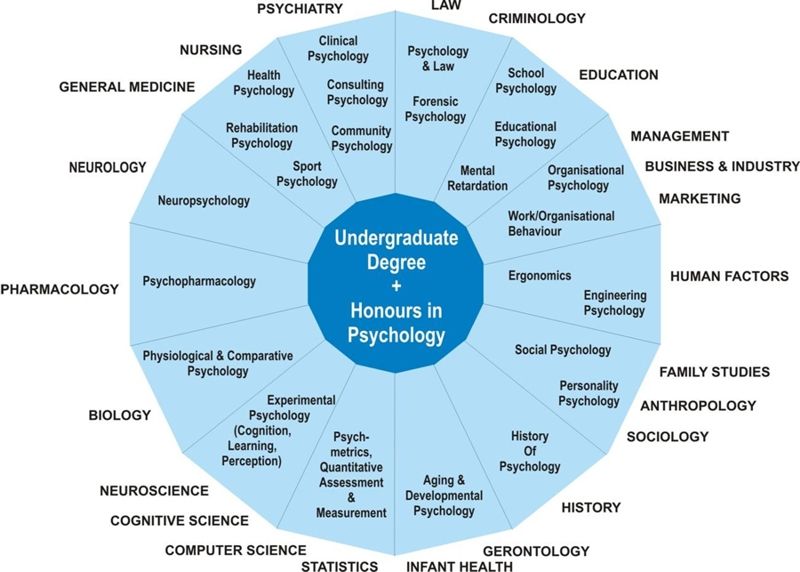 Depending on the purpose of group therapy, growth settings may vary.
Depending on the purpose of group therapy, growth settings may vary.
Mental health professionals approach your treatment in a variety of ways to build a team of therapists. In some cases, it may be based on a particular mental health problem (such as depression or anxiety) or a common experience (loss or trauma of a loved one). In many cases, therapists already recommend group therapy as an adjunct to individual therapy patients.
The size of the groups varies according to the situation, needs, and objectives. The American Association for Group Psychotherapy recommends a maximum group size of seven to ten members. Therefore, they are large enough to aggregate a wide range of contributions while maintaining a high level of individual participation.
How Do Group Therapy Activities for Adults Work?Different types of group therapy for adults with mental illness revolve around supporting each other.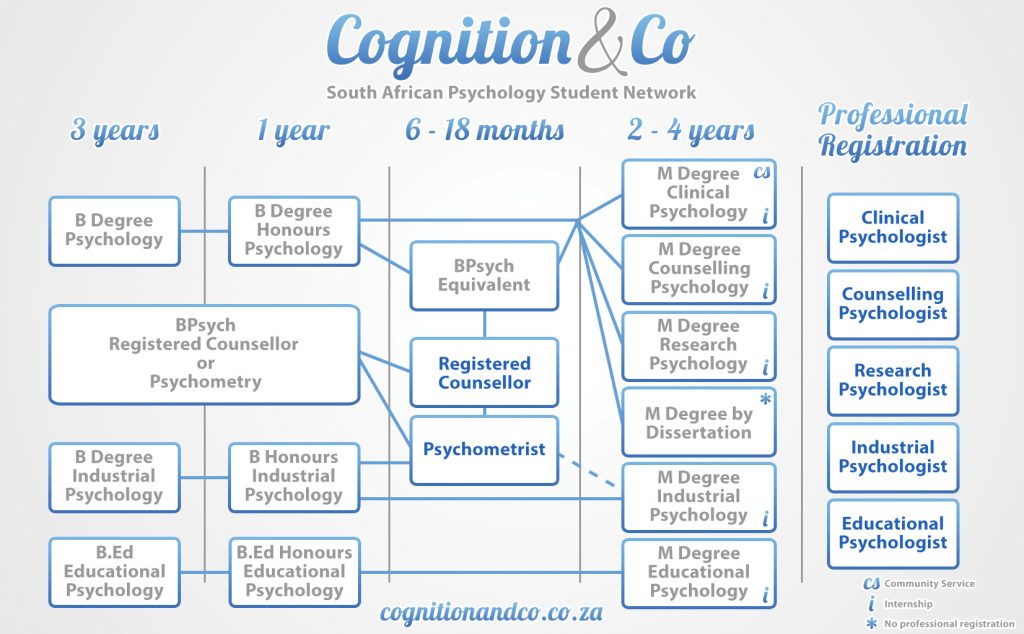 It provides a safe place to discuss emotions, ideas, and new actions without fear of judgment. They also promise to take responsibility for each other for what they say and promote growth.
It provides a safe place to discuss emotions, ideas, and new actions without fear of judgment. They also promise to take responsibility for each other for what they say and promote growth.
Group development has four major stages that apply across treatment types.
Formation: Meeting and acquaintance with fellow group members
Storming: In a safe and respectful environment, you can discuss different perspectives and potential conflicts.
Norming: Helps group members begin to understand each other better.
Performance: Achieve goals and prosper as a self-aware group.
The time it takes to reach these stages depends on the dynamics of the group and other factors. However, the goal is not to rush these steps but to grow organically in a healthy way.
Mental Health Group Therapy Activities.- Write a letter to someone in the future and let them know what is happening in your life.
 You can ask a close friend or counselor.
You can ask a close friend or counselor. - Make a list of the things you are trying to learn. Put the paper in a bottle or envelope and write the next date (at least one month in advance), then answer the question when you are ready. Are you sure this list exists? What will help you when you are angry or frustrated with something?
- Write a letter to the time traveler who will come to see you. Please explain what is happening and write down as much detail as possible. Write in a way that you are really talking to this person. What do you think would make this person feel strange and interesting in your lifestyle?
- Make a list of things you think are true and false about you. Read the list you made. Did your beliefs come true? How do the listed items work together to generate your idea? In other words, what’s more, specific about you than anything else, and why is it important?
- Draw a Venn diagram with three coinciding circles. The circle should list all the skills that you think you have.
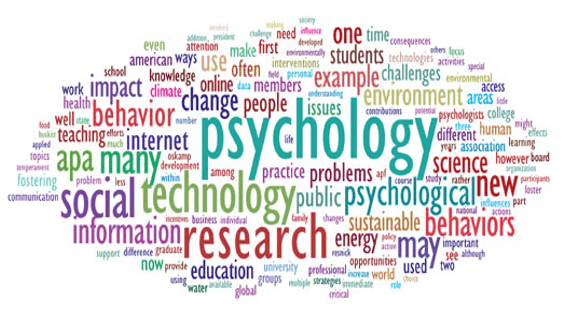 The second circle should list everything you like in life, and the third circle should have attributes that describe you. What do you think fits into these categories?
The second circle should list everything you like in life, and the third circle should have attributes that describe you. What do you think fits into these categories? - Make a list of 15 things you don’t like. Are you crazy with or without someone?
- Make a list of your 40 favorite things. What makes you happy? Think about the things that make you more satisfied. Is this a new relationship or something else?
- Make a list of the 30 things you are obliged for.
- Draw and write about any type of format you like more than others. What are you preparing? What are you trying to make? What kind of job did you put in each job?
- Write down why you decided to take the road you are going on. Do you think that would be a good thing?
- Write about who you think is the best president. What qualities does this person have? What does this person do to make you believe that they will be the best?
- Write about the fantastic moment when you realize that no one knows your name.
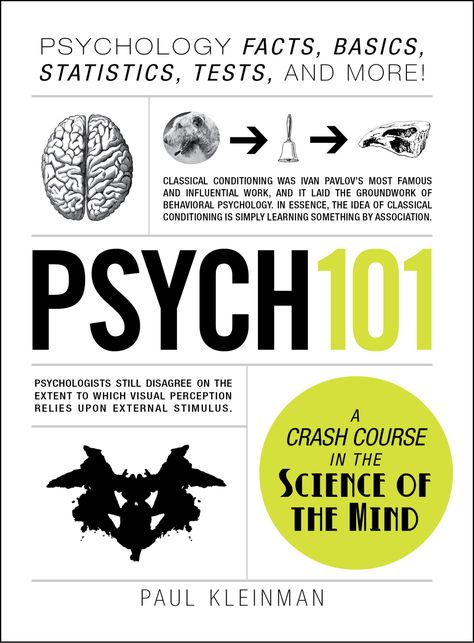 What are these people trying to achieve by living around you? Why is it strange that no one knows your name? Who is this person, and what are you trying to do with them?
What are these people trying to achieve by living around you? Why is it strange that no one knows your name? Who is this person, and what are you trying to do with them? - Pull in clothes that are not yours. Make everything you wear, thin or tall, like a hero costume or a wild costume.
- Write a letter to someone and tell him/her what you like about that person and how it affects you.
- Write something that is new that you want to test. What are the things that represent your dream? What if you lived forever?
Most people do not have a free and safe environment in which they feel comfortable sharing. Group therapy allows them to explore their emotions and behaviors safely.
It also allows them to hear from multiple people who are sharing the same situation with different perspectives. These experiences can help people develop new strategies for living and growing. Finally, group therapy activities for adults with mental illness allow patients to understand and ultimately heal old wounds.
Learn more
Topic: group psychology.
Purpose: generate main view about small and large social groups, processes of intergroup and intragroup interactions.
Plan:
-
Psychology of groups. concept groups.
-
Group classification. Group structure.
-
Types and structure of small groups.
-
Psychology of large social groups. nine0009
-
Psychology within and intergroup conflicts.
Text:
-
Psychology of groups. Group concept
All definitions of personality is emphasized her belonging to society, her involvement in a system social relations. Any personality subject to influence from society at the macro and micro levels. The macro level is the broad social environment, up to the level of the entire world public system. Microlevel - this is the immediate environment of the individual - family, friends, colleagues, neighbors, etc.
Microlevel - this is the immediate environment of the individual - family, friends, colleagues, neighbors, etc.
As a member group, a person performs one or another social role, which is interpreted as a normative system of actions, expected from the individual in accordance with his social position, i.e. role determined by a particular location in the structure of social ties and not depends on his individual psychological properties.
Classification roles.
-
Assigned (due to gender differentiation of people feature - gender roles). nine0009
-
Achieved (in progress) in a particular area of expertise).
-
Specific (relationships on the basis of special well-defined goals).
-
Diffuse (no special special purpose).
So the group is a collection of individuals interacting with each other for achievement of common goals and awareness their membership in this group.
-
Group classification.
 Group structure. nine0048
Group structure. nine0048
Classification groups.
1. Primary and secondary groups. The primary ones are contact groups in which interaction carried out "face to face" and its members united by emotional closeness (family, friends). Secondary groups - characterized by impersonal interaction its members, which is due to official organizational relationships. Members such a group are combined in order to obtain any economic, political or other benefits (trade union, political the consignment). nine0009
2. Formal and informal. This division is based the nature of the structure of the group is put. Structure refers to existing it has a relatively constant combination interpersonal relationships. Formal the group is characterized by providing fulfillment of certain official tasks. The connections that make up the formal structure are impersonal. informal structure is determined by internal factors and is a consequence of personal aspirations of individuals for certain contacts and is more flexible compared to formal. nine0009
nine0009
Classification groups:
1. By size:
1) large
2) small
3) microgroups (dyads, triads)
2. By public status:
1) formal
2) informal
3. By immediacy of relationships:
1) real (contact)
2) conditional
4. By level development:
1) low level of development (associations, diffuse groups, corporations)
2) high level of development (team)
5. By importance:
1) reference
2) groups Membership
Functions groups.
-
Socialization - in a group the individual acquires a number of necessary social skills and abilities.
-
Tool - group implementation joint activities that are not possible alone.
-
Expressive – meeting the needs of the people approval, respect, trust, receiving satisfaction from communication with psychological close people.
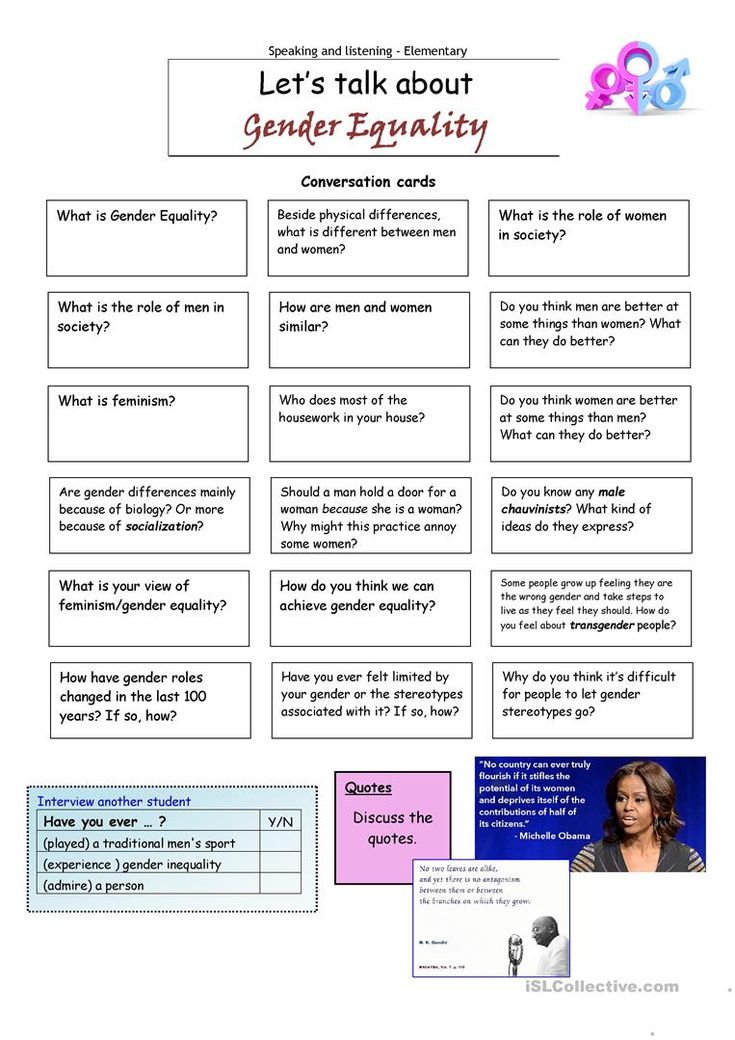 nine0009
nine0009 -
Support - in difficult situations people tend to unite to receive psychological support.
One of the important factors that determine the properties of the group, is its size and number. Group begins with a dyad (the union of two persons). A dyad is a specific human education: interpersonal bonds are very strong and belonging to a dyad causes more a high degree of satisfaction members; although the dyad has a special fragility, because any other group can to exist if it loses one of its members, which cannot be said about the dyad. A group of three is called a triad. The triad is also characterized by specificity, because each of its members can act in two directions: to promote strengthening this group or strive to its separation. nine0009
Small group is a group that consists of a small number of persons (from 2 to 10) who have common goal and differentiated role responsibilities. This goal stems from common interests of group members who show satisfaction with their interaction that takes place based on relatively frequent direct contacts (facing face).
Group, consisting of 30-40 people and more - big group. Characterized the inconsistency of informal contacts, and within such a group there may arise several informal subgroups. nine0009
Factors affecting group structure.
-
Group goals
-
Degree of autonomy groups
-
Socio-demographic, social and psychological features members of the group
-
Value
| Methodological recommendations for students Lesson topic: "Psychology of groups" nine0009 Subject value : The theme of our today's lesson is "Psychology of groups". In the theoretical lesson, you learned about what a social group is, about how the types of social groups differ, and how groups are classified depending on the nature of their organization. We talked about the processes of group dynamics and the characteristics that determine the level of development of the group, discussed group roles and processes of leadership and leadership, considered the team as a form of social organization of people. Today we are moving on to a more detailed and versatile study of social groups and group processes. You understand that each of us cannot exist without groups, without society. Therefore, to know the laws of their functioning, including in the business sphere, is very important and useful for each of us. In this lesson, we will analyze in more detail the concept and essence of the phenomenon of group pressure and conformism, as well as work with methods of self-regulation of behavior in communication and interaction with a communication partner. nine0009 This topic is very important for understanding and awareness of one's place in the study, group, work team, team. For example - to conformism manifests itself in the relationship between members of the group in the form of the so-called social influence on a person. On the basis of theoretical knowledge and practical skills, the student must know :
be able to:
master general competencies : OK 2. OK 6. Work in a team and team, communicate effectively OK 7. Take responsibility for the work of team members (subordinates), for the result of completing tasks OK 8. Independently determine the tasks of professional and personal development, engage in self-education, consciously plan advanced training Theme Study Plan: 1. Control of the initial level of knowledge. Oral questioning. Test questions:
Define a group role. List the main group roles. nine0229 2. Group discussion . 2.1. On-line - viewing and discussion of the video "Experiment in the Elevator" under the guidance of a teacher. 2.2. Group discussion based on the results of independent work and watching a video. Group discussion questions:
2. Complete task 1.1 under the guidance of a teacher. from the workshop (Appendix 1). 3. Intermediate control of knowledge. Solving psychological problems on the theme "Classification of groups". Complete task 1.1. from the workshop, according to the guidelines (Appendix 2). Working with the abstract of the lecture "Personality and the Group". nine0009 Main sources:
Additional sources:
Computerized and on-line versions of psychological methods:
. Appendix 1 Psychological workshop The workshop is aimed at learning tasks, on the one hand, and at orienting students in the psychological reality, which subsequently manifests itself in their professional activities. Task 1.1. Training exercise "Problem dialogue". nine0005 Objectives of the exercise: to develop communication and interaction skills in situations of various psychological contact between partners. Procedure: 1. The exercise is performed in pairs. 2. Instructor's instructions. Each participant is given one role from the "package". Competitors are asked to silently read the instructions and then proceed according to the instructions without disclosing their intentions to the partner in the pair. nine0009 3. Task for students: Job options: "Package" first. Performer A. “Initiate a conversation with your partner about something that both of you might be interested in, or about something that you are confident in knowing and can talk about. enough time about this. After 3-4 minutes, or if you feel enough has been said, switch roles with your partner and start again.” Performer B. “Be quiet until your partner speaks. During the conversation, keep the conversation going and show interest. Look at your partner, nod, ask questions, etc., but do not try to take the initiative in a conversation. after 3-4 minutes, or when you feel that enough has been said, switch roles and start again. nine0009 "Package" second. Performer A. “Initiate a conversation with your partner about something that both of you might be interested in, or about something that you are confident in knowing and can talk about. enough time about this. After 3-4 minutes, or if you feel enough has been said, switch roles with your partner and start again.” Performer B. “When your partner starts a conversation with you, look at him with an expression like: “well, well, let's see what interesting things you can say. "Package" third. Performer A. “Initiate a conversation with your partner about something that both of you might be interested in, or about something that you are confident in knowing and can talk about. enough time about this. After 3-4 minutes, or if you feel enough has been said, switch roles with your partner and start again.” Performer B. “When your partner starts talking, listen for a minute or two, then start fidgeting, changing legs placed one on top of the other, looking at the clock, looking around, etc. If your partner stops talking, say “Yes, yes keep going!” while still acting the same. After 3-4 minutes, or when you think you've had enough, switch roles and start again. nine0009 "Package" fourth Performer A. “Initiate a conversation with your partner about something that both of you might be interested in, or about something that you are confident in knowing and can talk about. enough time about this. After 3-4 minutes, or if you feel enough has been said, switch roles with your partner and start again.” Performer B. “Wait until your partner begins to speak, then express your silent disagreement with what was said through gestures or an appropriate facial expression. If your partner stops talking, say something like “well, go on!”, but do not change your behavior. after 3-4 minutes or when you decide that enough is enough, switch roles and start again. nine0009 "Package" fifth Performer A. “Tell your partner about something that is of interest to you, but do not look at him. You can look at anything - look around the room, for example, or lower your eyes. after 3-4 minutes, or when you think that's enough, switch roles and start again. Performer B. “When your partner starts a conversation, respond in as encouraging a tone as possible. Try to stick to the topic suggested by the partner. ask questions, clarify the point, etc. Explanation for the teacher. It is helpful to distribute the same packets of instructions to all pairs of participants and have a discussion after each packet is completed. Discussion. During the discussion, the participants read out the content of their instructions and tell how the dialogues proceeded, what difficulties they experienced and how they overcame them. In doing so, it is useful for the facilitator to lead the group to the following conclusions during the discussion: nine0229
Appendix 2 Psychological workshop The workshop is aimed at educational tasks, on the one hand, and at orienting students in the psychological reality, which subsequently manifests itself in their professional activities. Task 2.1. Solving psychological problems on the topic "Classification of groups". Purpose : to learn to differentiate and understand the characteristics of social groups in accordance with the criteria for classification and their characteristics. Guidelines (for students) : 1. The task is carried out individually. 2. It is necessary to solve each problem in which a description of a social group is given. The solution of each task option is discussed in the group. 3. Solution steps:
Tasks on the topic "Psychology of groups" Determine the type of group of 15 people if you know that: they scarcely know each other; they are all known by a person who is not included in this group; group members never get together. Determine the type of group of 15 people if you know that: these people know each other well; are often together; they have a leader assigned to that group. Determine what type of group of 15 people is if you know that: members of this group know each other; talk about their group "we"; work together. Determine what type of group a group of people (15 people) belongs to if they have been waiting at the stop for a late commuter bus for an hour. nine0009 Specify what type of group the association of people (7 people) stuck in the elevator of the administrative building during working hours on the 4th floor belongs to. Conditional real Laboratory Natural Large Small Formal Informal nine0229 Reference Non-reference Fig. 1. Scheme "Classification of groups". Catalog: sys -> files -> content attach |
 nine0009
nine0009 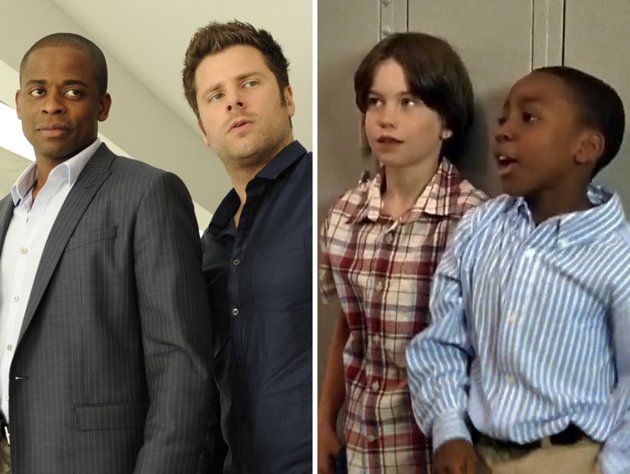 Organize own activities, choose standard methods and methods for performing professional tasks, evaluate their effectiveness and quality
Organize own activities, choose standard methods and methods for performing professional tasks, evaluate their effectiveness and quality  Give examples.
Give examples. 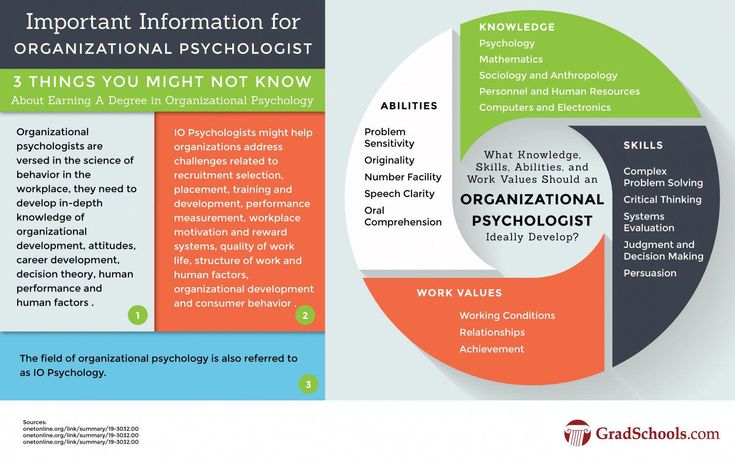 In what cases do you think it is necessary?
In what cases do you think it is necessary?  Training exercise.
Training exercise. 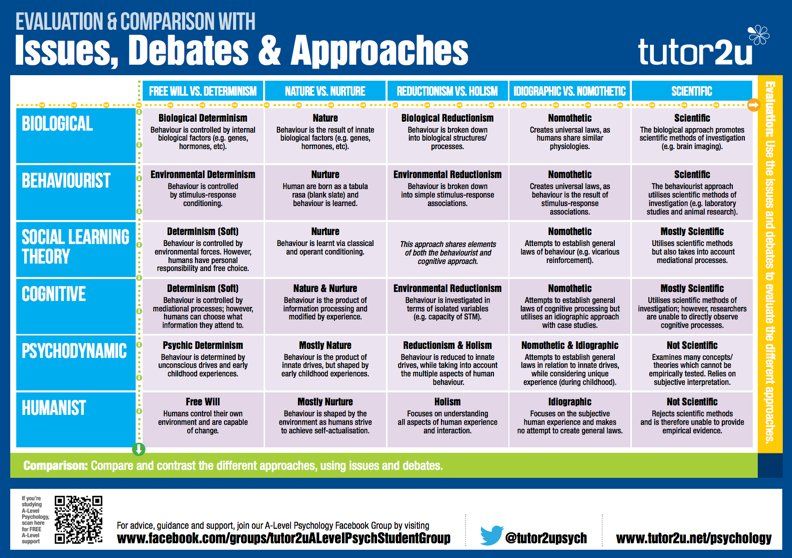 V. Theoretical and practical aspects of conflict resolution. URL: http://dvo.sut.ru/libr/soirl/i119metk/index.htm . Retrieved: 02/16/2011
V. Theoretical and practical aspects of conflict resolution. URL: http://dvo.sut.ru/libr/soirl/i119metk/index.htm . Retrieved: 02/16/2011 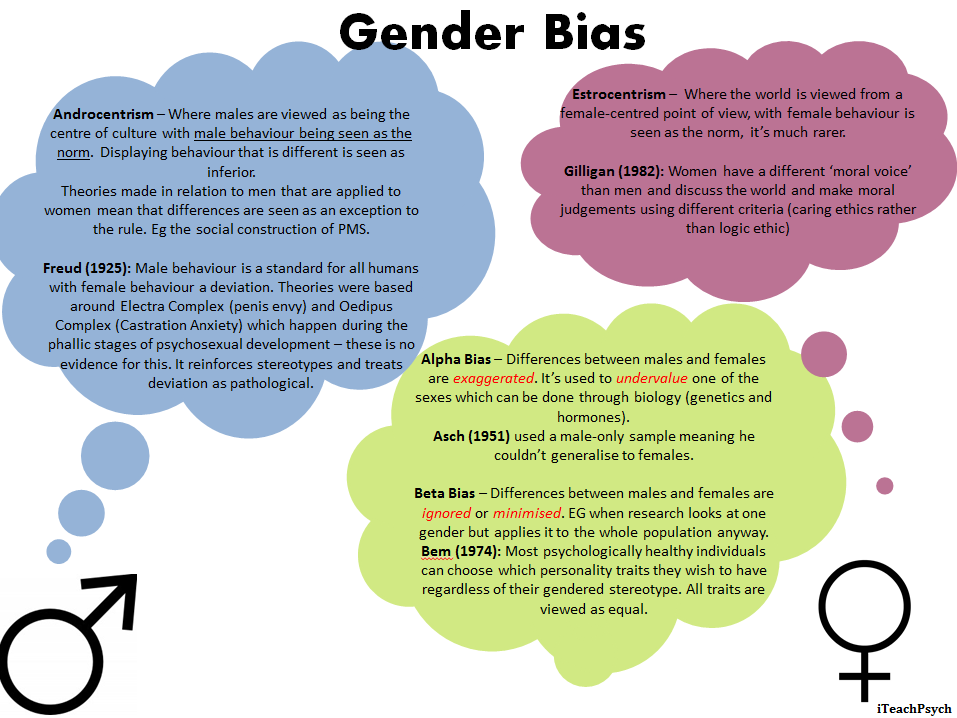 - M: "KnoRus", 2012. - 440 p.
- M: "KnoRus", 2012. - 440 p.  - URL:
- URL: 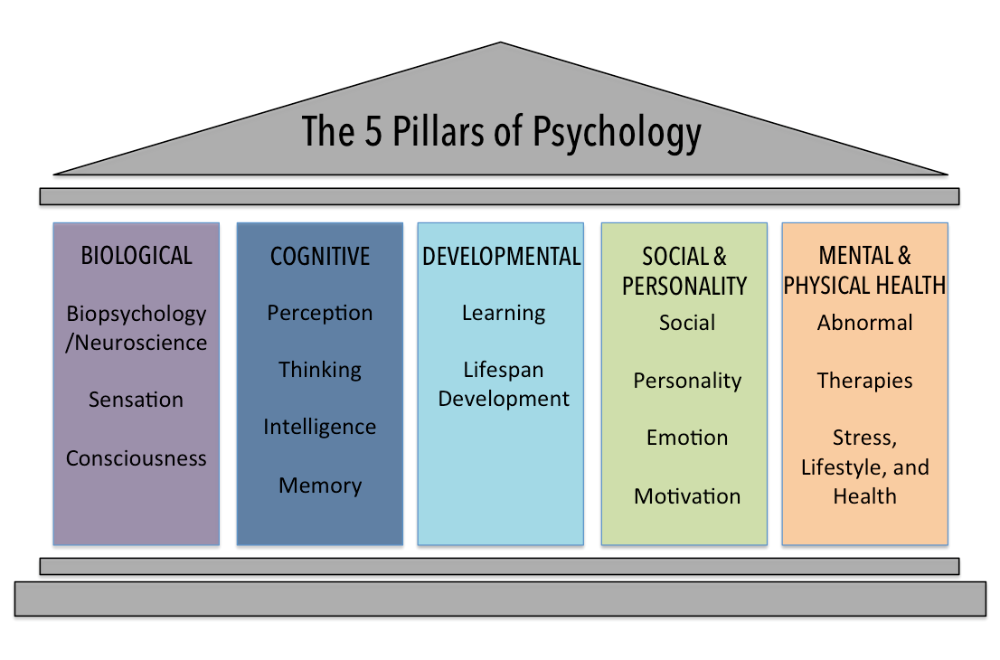

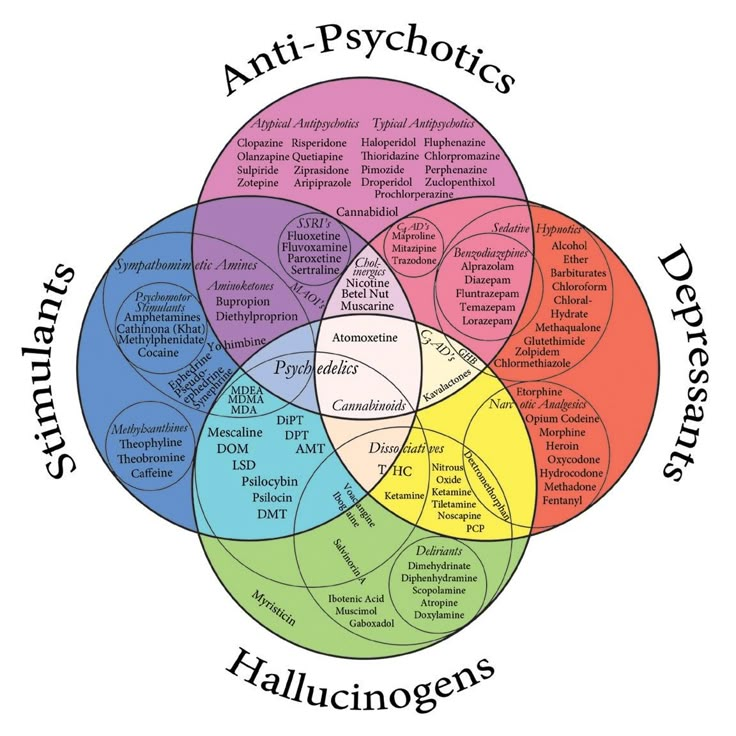 ” Continue silently, but carefully examine it. After 2-3 minutes, or when you feel like you've had enough, switch roles and start again." nine0009
” Continue silently, but carefully examine it. After 2-3 minutes, or when you feel like you've had enough, switch roles and start again." nine0009 
 after 3-4 minutes, or when you decide that enough has been said, switch roles and start again.” nine0009
after 3-4 minutes, or when you decide that enough has been said, switch roles and start again.” nine0009 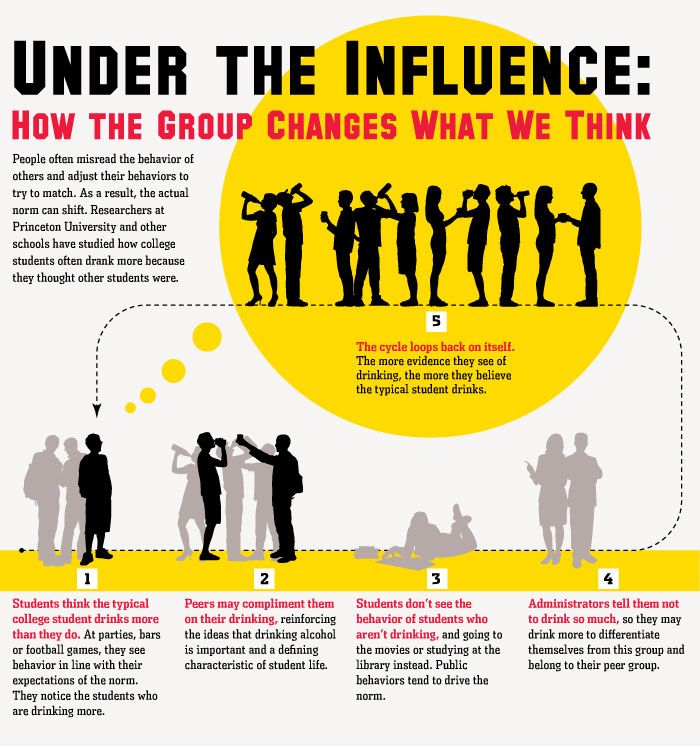
 1), assign the group to one or another type, in accordance with the classification; nine0229
1), assign the group to one or another type, in accordance with the classification; nine0229 








